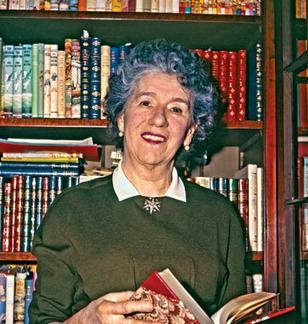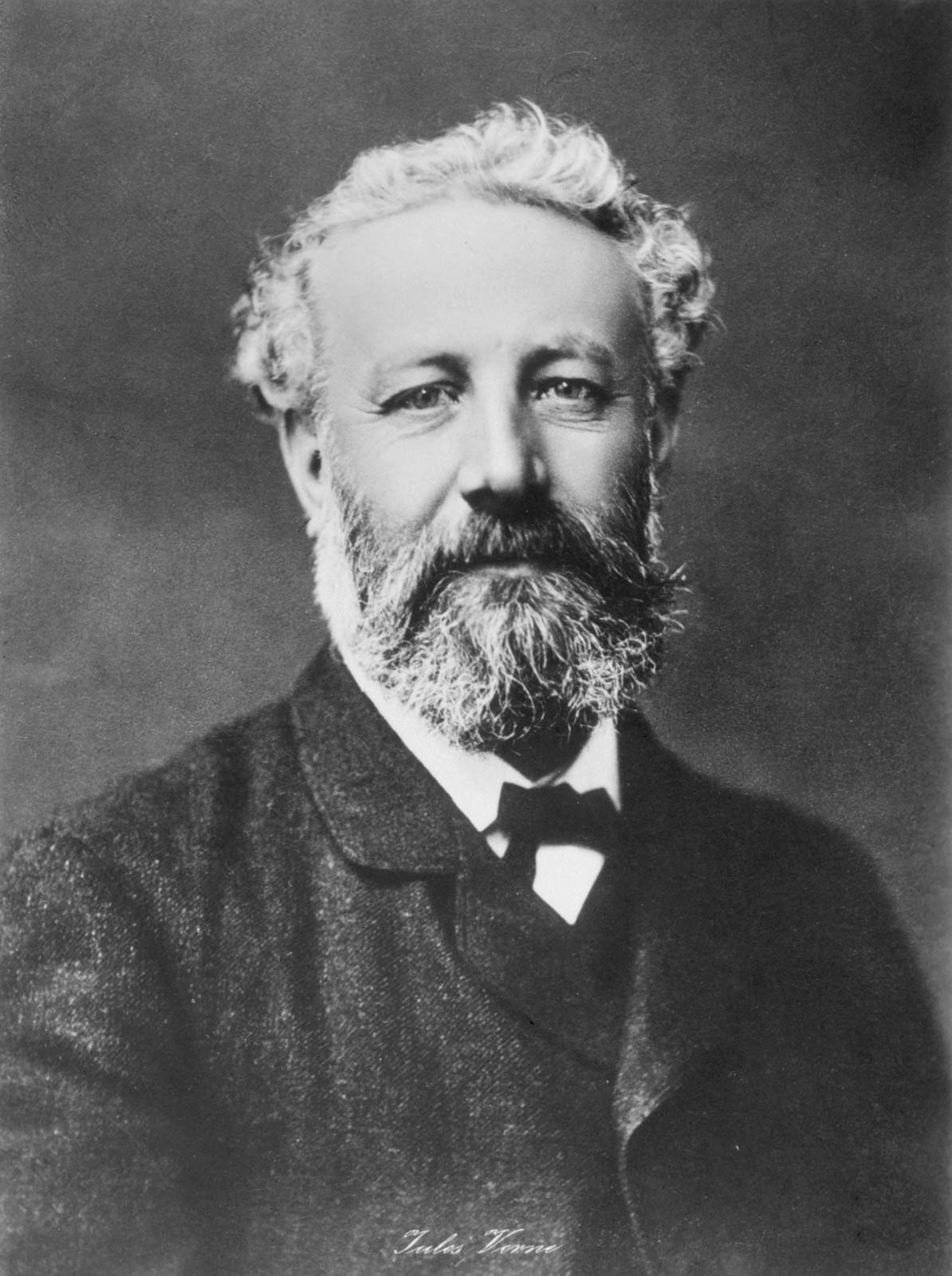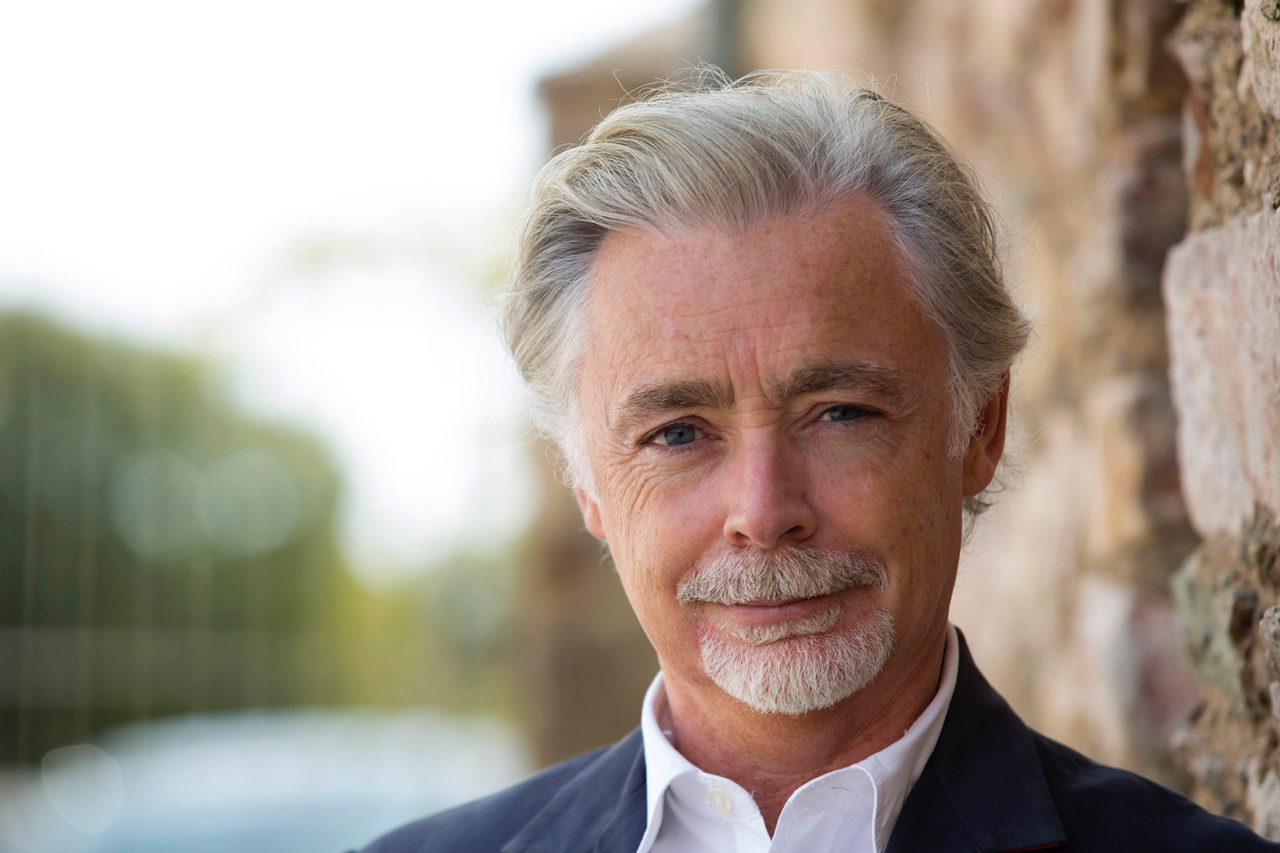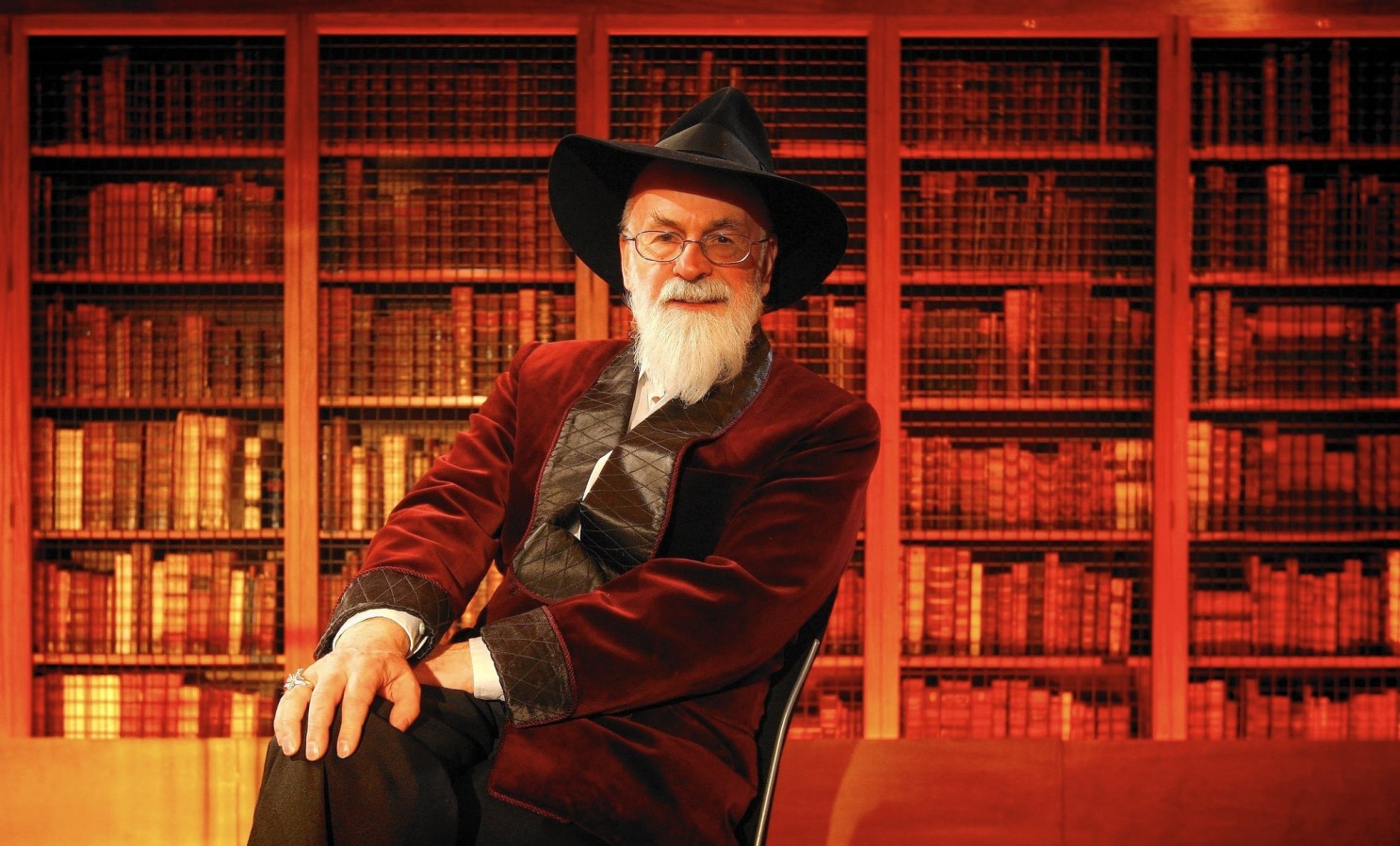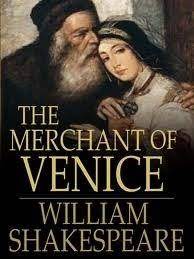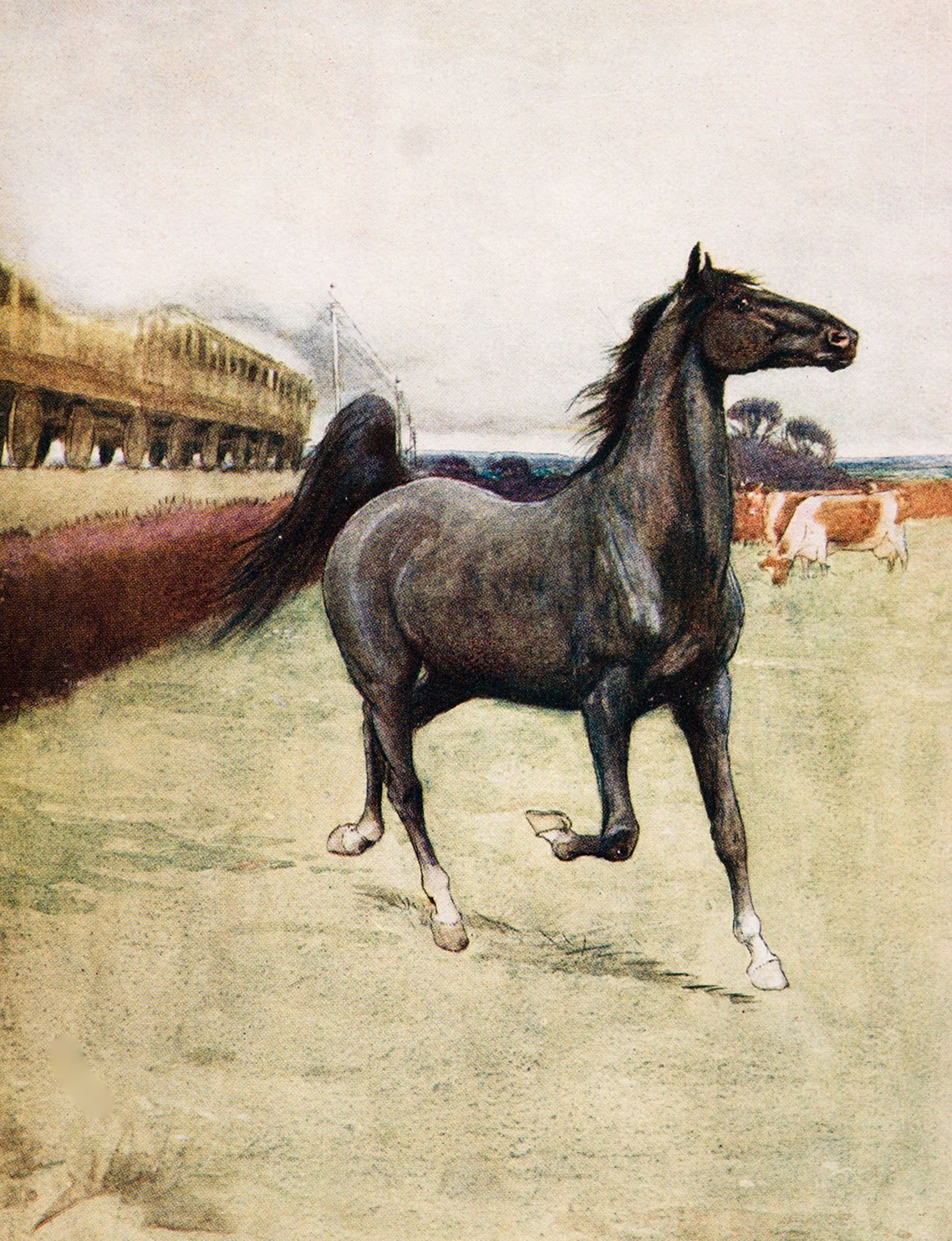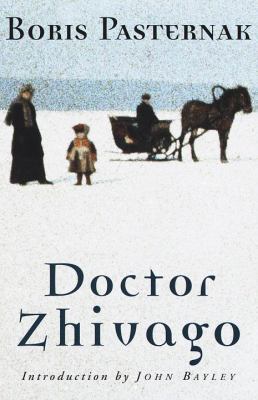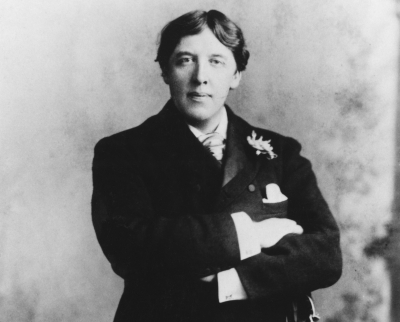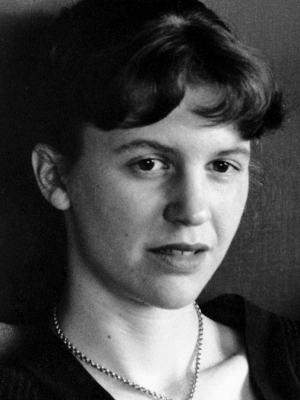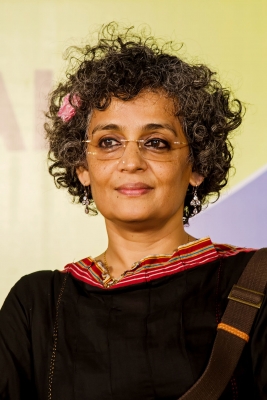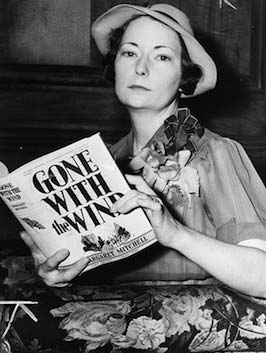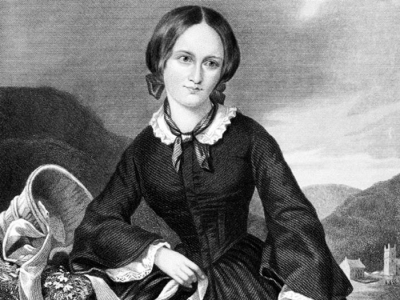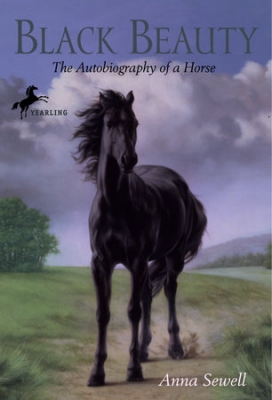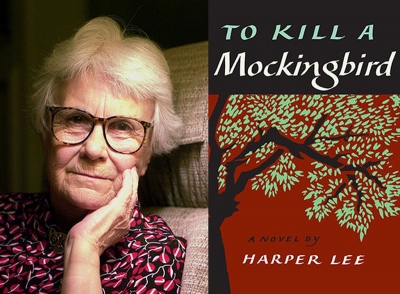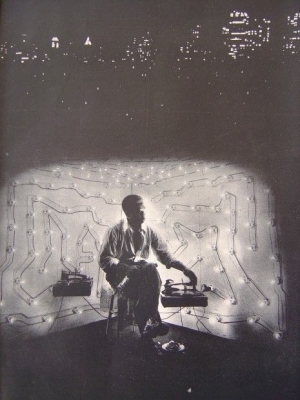
Invisible Man, novel by Ralph Ellison, published in 1952. Invisible Man won the U.S. National Book Award for Fiction in 1953. In 1998, the Modern Library ranked Invisible Man 19th on its list of the 100 best English-language novels of the 20th century. Time magazine included the novel in its TIME 100 Best English-language Novels from 1923 to 2005, calling it "the quintessential American picaresque of the 20th century," rather than a "race novel, or even a bildungsroman." Malcolm Bradbury and Richard Ruland recognize an existential vision with a "Kafka-like absurdity." According to The New York Times, Barack Obama modeled his 1995 memoir Dreams from My Father on Ellison's novel.
Published in 1952, Invisible Man explores the theme of a person's search for their identity and place in society, as seen from the perspective of the first-person narrator, an unnamed African American man, first in the Deep South and then in the New York City of the 1930s. In contrast to his contemporaries such as Richard Wright and James Baldwin, Ellison created characters that are dispassionate, educated, articulate, and self-aware. Through the protagonist, Ellison explores the contrasts between the Northern and Southern varieties of racism and their alienating effect. The narrator is "invisible" in a figurative sense, in that "people refuse to see" him, and also experiences a kind of dissociation. The novel also contains taboo issues such as incest and the controversial subject of communism.
In 1975, Ellison was elected to the American Academy of Arts and Letters, and his hometown of Oklahoma City honored him with the dedication of the Ralph Waldo Ellison Library. Continuing to teach, Ellison published mostly essays, and in 1984, he received the New York City College's Langston Hughes Medal. In 1985, he was awarded the National Medal of Arts. In 1986, his Going to the Territory was published; this is a collection of seventeen essays that included insight into southern novelist William Faulkner and Ellison's friend Richard Wright, as well as the music of Duke Ellington and the contributions of African Americans to America's national identity.
In 1992, Ellison was awarded a special achievement award from the Anisfield-Wolf Book Awards; his artistic achievements included work as a sculptor, musician, photographer, and college professor as well as his writing output. He taught at Bard College, Rutgers University, the University of Chicago, and New York University. Ellison was also a charter member of the Fellowship of Southern Writers.
Picture Credit : Google
